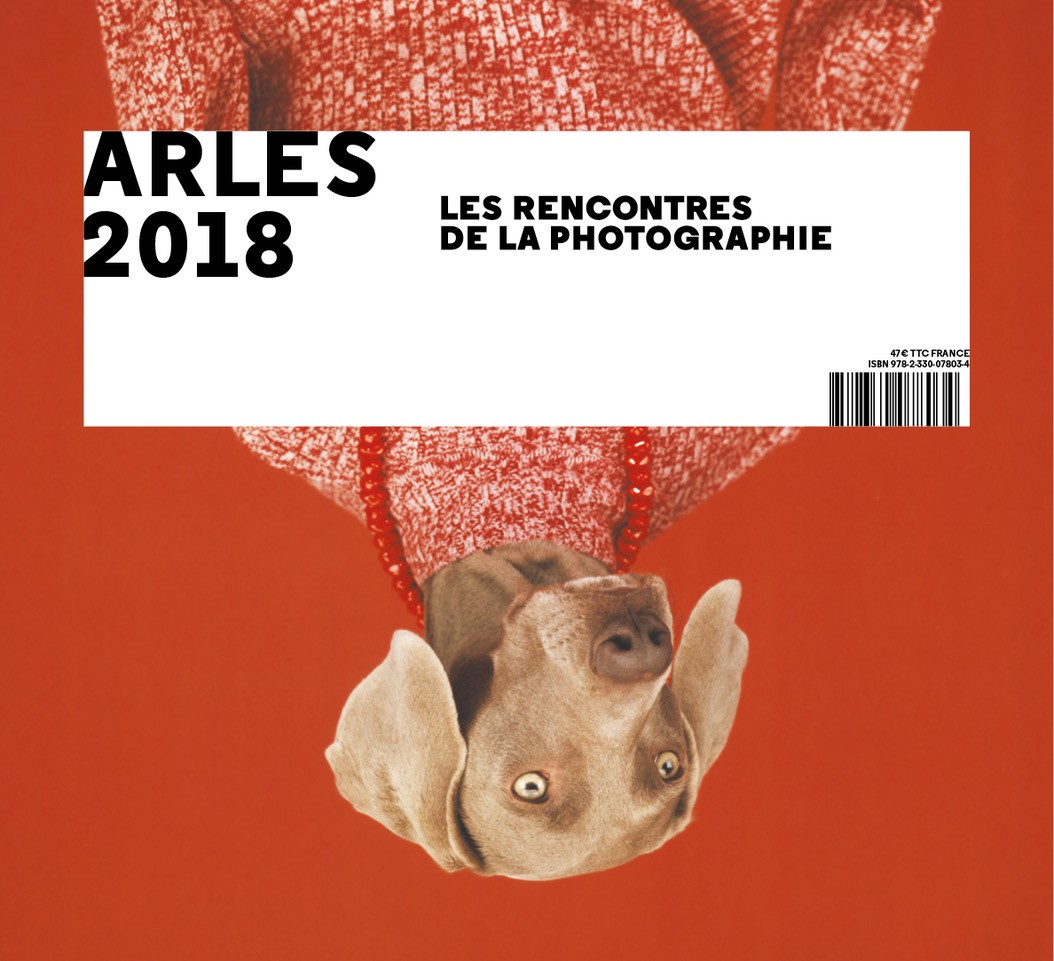Truths that buck the official discourse

What role can the visual arts play in a country where freedom of speech is under threat? This is the question posed by the Istanbul curator Ilgin Deniz Akseloglu and her Parisian counterpart Yann Perreau in the exhibition "A Pillar of Smoke".
The exhibition, part of the French photography festival "Les Rencontres DʹArles", takes in the work of 14 photographers and two collectives, all of them portraying contemporary Turkey in diverse ways. Itʹs a platform for a generation born between the early 1970s and the mid-1990s, with first-hand experience of the countryʹs wide-ranging shifts between authoritarianism and political opening.
Perreauʹs aim is for the exhibition to explore the relationship between visual arts and photojournalism – and the individual artworks could hardly be more varied in their themes and aesthetics. There are classic photojournalism pieces in colour alongside artistic series in black and white, video installations alongside found footage from Instagram.

Geographically, visitors are sent on a journey from Kurdish Diyarbakir in the southeast to the slums of Istanbul in the west and the Black Sea coast in the northern city of Trebizond.
The exhibition skilfully interweaves the conflict over the Kurdish question and the war in Syria with the search for stability on the domestic policy front.
The body as a fought-over resource
Cagdas Erdoganʹs major complex of work entitled "Control" is both disturbing and fascinating, displaying monochrome photos of Istanbul nights in a room with black walls.
Pasted to the walls salon-style, unframed, the pictures move without pause from illegal dog fights directly to armed gangs and violent sex parties.
Bodies become a resource to be fought over, locked in a tug-of-war between control, resistance and self-abandonment. For Erdogan, the fact that certain social groups and subcultures seek out the darkness of the night is an expression of the political climate.
Erdogan, a member of the collective “140 journos”, is a case in point, showing the fragility of the space between artistic freedom and political repression. He was arrested in broad daylight while taking photos in an Istanbul park in 2017.
He had accidentally photographed an unmarked building belonging to the Turkish secret service. His arrest was justified with the all-too-familiar accusation of supporting a terrorist organisation. The exhibition includes a letter he wrote from prison. After six monthsʹ pre-trial imprisonment, during which he received much international support, he was released in February 2018.
Between Gezi protest and symbolic power
The exhibition also includes work by the renowned photojournalist collective Nar Photos, founded in 2003. It shows three large-format pictures from their 2013 Gezi series, depicting demonstrators exposed to major police violence.
Unusually for a photojournalism series, it has no captions, although the accompanying text explains this choice. The three pictures are part of an eight-part series that was supposed to go on display in the Museum Istanbul Modern in 2014, until the museum management demanded their removal.
In the spirit of the Gezi protests, the three pictures are therefore presented as a collective work, without crediting an individual photographer.
Ali Kazmaʹs two video pieces "Prison" and "School" from his 2013 "Resistance" series stand out for their conceptional stringency and the resulting force of their expression. In static video images almost photographic in appearance, Kazma shows vacant interior rooms of public school and prison buildings, revealing striking visual similarities.

The recreation rooms, dining halls or cinemas can barely be told apart, even at second glance. These places are shaped by an omnipresence of symbolic political power, including in the form of portraits of the founder of the Turkish republic, Ataturk.
The Istanbul-based artist Nilbar Gures focuses on staged photography. Several of her pictures from the series "TrabZONE" and "Cicir" are on show in Arles. The photo "The Living Room", for instance, depicts a typical living room with a large corner sofa and four people sitting on it.
All we see of them, however, is their legs and feet, protruding from beneath loose covers. Cocktail dresses are draped over the covers, visualising the subjectsʹ gender. Here, Gures tackles issues of gender identity, visibility and invisibility.
For the head of the Rencontres DʹArles, Sam Stourdze, the exhibition continues a festival custom of also looking at non-European photographic traditions.
What he finds convincing about these works from Turkey is that the artists on show incorporate contemporary visual imagery in an outstanding way, yet remain deeply immersed in the complex local situation.
Having showcased Iranian photography last year, the festival is considering highlighting photography from the Middle East in 2019.
Felix Koltermann
© Qantara.de 2018
Translated from the German by Katy Derbyshire
The exhibition is on display until 23 September in the Maison des Peintres in Arles.
